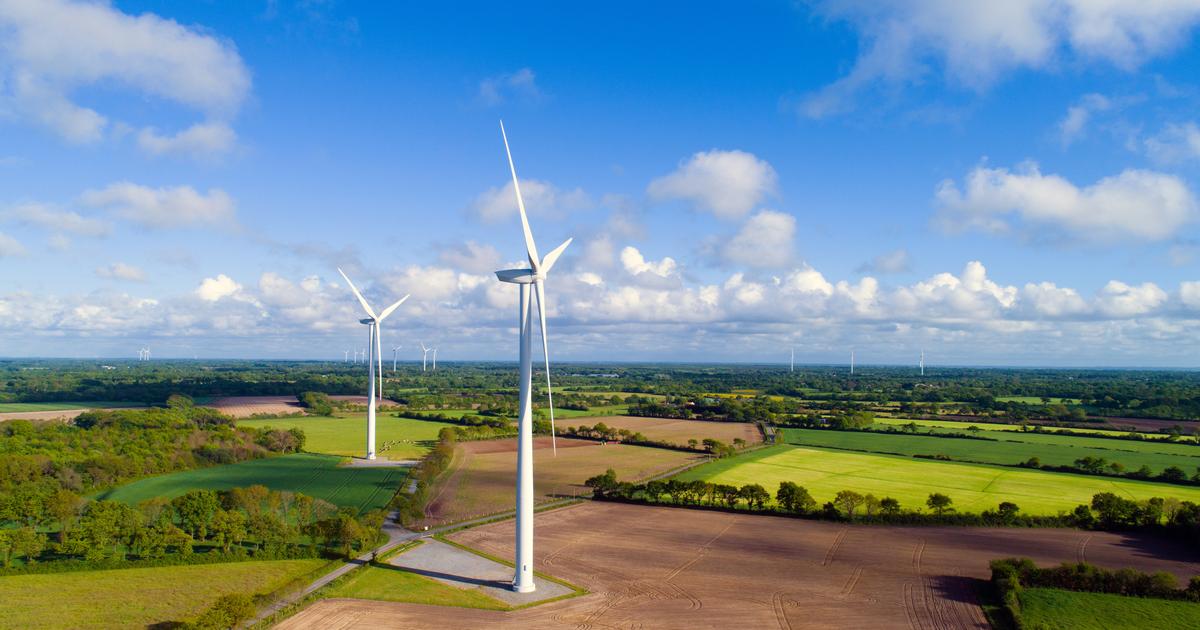Patrice Cahart is Inspector General of Finance, author of
La Peste éolienne
(ed.
hugo Doc, 2021), and administrator of Cérémé, the Circle of study of ecological realities and energy mix, a think tank specializing in the study of energy mixes.
Arnaud Casalis is a former auditor and member of the public services commission of the Order of Chartered Accountants. He is also a director of Cérémé.
Following a deliberation by the Energy Regulatory Commission (CRE) on November 3, 2022, players in the renewable energy sectors announced with great fanfare that their activities would provide the State budget with cumulative revenue of 30.9 billion euros for 2022 and 2023. The wind power sector alone claimed to pay 70% of this sum, i.e. 21.7 billion euros.
Nice ad!
But should it be taken at face value?
No, because the reality is that renewable energies, wind power in particular, are highly subsidized and place a heavy burden on the state budget.
So where is the deception?
Apart from old farms under obligation to purchase, offering a total guarantee of remuneration in quantity and price, wind turbines fall under two non-compulsory subsidy regimes.
Read alsoIn Germany, the wind power sector is looking for a new lease of life
The first is that of the “open window” remuneration supplement, which is applicable to all recent operations of a maximum of 18 megawatts (MW) and six machines.
Under this system, if the operator sells its power on the markets for an amount lower than a contractual price (guaranteed price), the State pays it the difference.
On the contrary, if the selling price on the markets exceeds the guaranteed price, the State takes the excess.
The guaranteed price is currently around €92 per MWh, i.e. nearly 2.5 times that of €42 per MWh at which EDF is required to sell its electricity to competing distributors (ARENH or Regulated access to historical nuclear electricity”).
The second regime is provided for wind power installations which exceed the size limits indicated above and which win a call for tenders.
The guaranteed price here is the one resulting from the call for tenders.
It is lower than the open window, but works the same way.
It is not the renewable energy sectors that create these exceptional revenues for the State, but rather an exceptional and cyclical increase in market prices.
Patrice Cahart and Arnaud Casalis
These two systems of subsidy rights apply, for each wind turbine concerned, for fifteen or twenty years.
They have been designed to guarantee certain profitability for renewable energy operators.
From their creation until 2021, they worked in one direction, because the prices of the electricity market were quite low: always subsidies, never recovery by the State.
An average wind farm operator had a cost price of around €75 per MWh, sold its power on the market for a price of around €50, received additional remuneration of around €42 from the State (i.e. 92-50).
He enjoyed a tidy profit margin of 18.5%.
Few economic sectors can afford it.
For many operators,
The year 2022 having seen unexpected upheavals - war in Ukraine and shutdowns of nuclear power plants in France - the price of electricity has soared to peaks, up to €2,000 per MWh on the European market.
Hence an enormous and risk-free enrichment for wind farm operators.
The average developer was able to sell each MWh at €500, resulting in a profit of €425 (or 500-75), and a profit margin of 85%.
Better still: an operator who buys power from EDF at the preferential price of €42 per MWh (ARENH) and resells it for €500 on the markets earns a profit of €458.
In the ministries, it was nevertheless believed that the major part of this jackpot - 30.9 billion euros on renewable energies, including 21.7 billion euros on the wind sector alone - would go to the State.
Anything that would have exceeded the guaranteed prices, staggered from €60 to €100 per MWh, would have taken the direction of Bercy.
This made it possible to finance the tariff shield for individuals and aid for energy-intensive industrialists.
In this beautiful system, it is not the renewable energy sectors that create these exceptional revenues for the State, but rather an exceptional and cyclical increase in market prices.
The wind industry is therefore guilty of pure and simple deception when it claims to bring money to the State.
Patrice Cahart and Arnaud Casalis
The ace !
A number of clever operators have left their contracts preventively, so as not to pay anything back to the State.
It must be believed that these contracts, the terms of which are secret, were very badly drafted.
According to the CRE,
“these terminations entail a considerable loss for the State budget, of the order of €6 to 7 billion for the two years 2022 and 2023 combined”.
We understand the anger of the President of the Republic!
This is where a second attempt to recoup profits comes in.
The European Union authorizes its members to “skimme” what exceeds €180 per MWh: a quasi-taxation.
Unfortunately, this figure is set too high.
Electricity prices have come down.
At the time of writing, they only reach €98 per MWh in France.
The wind industry is therefore guilty of pure and simple deception when it claims to bring money to the State.
With regard to an intermittent electricity service, supplying only 7% of the electricity consumed in France, tens of billions per year are not spent very usefully by the State and the consumer to the detriment of other priorities.







